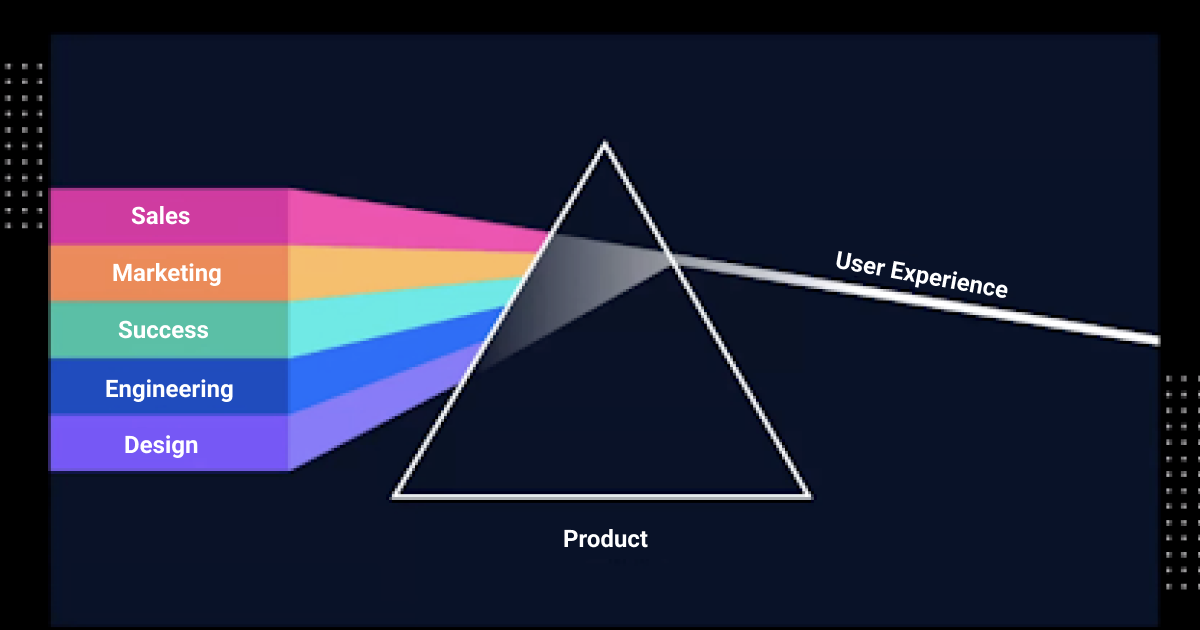
In Product-Led Growth, User Experience is King
Some of the world’s most profitable software companies are using a relatively new method to convert users to lifelong customers. Slack, Zoom, Dropbox and many others rely on their product to drive growth—a strategy known as “product-led growth.” The model hinges on letting a user try the product before they commit to it. If it delivers clear value, that user will become a buyer and, in the best-case scenario, a product ambassador who helps drive more growth.
At Georgian’s recent Scaletech Conference, Ramli John, an expert on the strategy, discussed how to drive results by focusing on product-led growth. Ramli is the best-selling author of “Product-Led Onboarding: How to Turn Users Into Lifelong Customers” and the Managing Director of ProductLed, which has helped companies like Ubisoft, Microsoft and Mixpanel use the strategy to accelerate their growth.
For those who couldn’t make the conference, we rounded up his top five takeaways for startups building their product-led growth strategy.
1. Why product experience differentiates you from competitors
SaaS is evolving quickly. Software development costs have plummeted and companies can quickly push updates and new features to users through the cloud.
These changes have led to explosive growth in solutions — so much so that there is now a plethora of tools to meet any users’ needs.
Competition is great for choice, but poses a challenge for many companies. Consider the marketing technology landscape. Ramli said the number of martech companies has grown more than 5,000% since 2005, making competition fierce and driving up the cost of acquiring users.
The solution? Companies must focus on product experience and use it to differentiate themselves.
2. In enterprises, purchasing power is in the hands of the users, not bosses
It’s not the 90s, 00s or even the 10s anymore. The C-suite no longer dictates the suite of software tools available to employees. Instead, purchasing power has shifted to the end users. Today, new products are often adopted by employees first, who then drive the purchase of enterprise software from the bottom up.
“In a bottom-up approach, the end users do grassroots campaigns to their bosses to actually buy the software after a positive product experience,” said Ramli.
This reversal — from top-down to bottom-up — has several implications for growth. Users want to “try on” the product before purchasing, like they would shoes or cologne, to see if it is the solution they are looking for. And they want that trial to be quick, easy and intuitive. That first impression is critical, so user experience is important.
3. How the bottom-up approach works in PLG
Any product has multiple stakeholders, but companies must focus on end-users and their problems for a product-led growth strategy to succeed. “Product-led companies live or die by user success,” said Ramli.
In a company, the end user, or an employee, is just looking for a way to solve their problems and produce ROI for executives and stakeholders. He provided an example of a user named Jane discovering Slack while working at an enterprise — it’s easy for her to download it without seeking approval, and if she finds that it helps solve communication problems, she shares it with the rest of her team. In the ‘bottom-up’ approach, her team’s experience will spread to the rest of the company, leading to wider adoption of the product.
“No one can remember what life was like before it,” Ramli said. “Now the end users are doing the grassroots campaigns to their executives and saying, ‘we use this tool to make it easier to collaborate’, and they’re the ones pitching to bosses.
Intuitively, companies that solve their customers’ problems are more likely to succeed. But Ramli said research shows that companies that focus on end user pain have higher returns on investment. “The end user is producing the value. Making it easier for them makes it interesting,” he said.

4. Product-led growth takes the whole team
How do you deliver a great product experience? The answer lies in what Ramli called “the product-led prism.”
When a single beam of light enters a prism, it splits into a rainbow of colours. In his analogy, the product is the prism and each colour of the rainbow represents a different team that must work together to deliver the best user experience.
Sales, marketing, product success, engineering and design are all essential. He said it’s time to debunk the idea that the product management team is king. Instead, he said, “[product-led growth] needs to be a team effort.”
5. “You can’t be product-led unless you are data-led.”
Data should be at the heart of a product-led growth strategy, Ramli noted.
He used Jungle Scout, an e-commerce platform for Amazon vendors, as a case study.
The company faced high demand for user support and was dissatisfied with its retention and adoption rates. They worked with ProductLed to address these problems. They brought together their sales and data teams to analyze heaps of quantitative and qualitative data about their users’ interactions with the product. The goal was to understand where users were getting stuck or frustrated and how to fix it, and they found that investing in onboarding, training and education and a focus on self-service for customers could help.
Read more like this
Cloud Spend Management: A Guide for Startups
Over the past several months, CoLab executives and customers have told us…
How to Use OKRs to Unlock Your Company’s Potential
You’re probably familiar with OKRs — Objectives and Key Results. OKRs are…
Team Profile: Azin Asgarian, Applied Research Scientist
What do you work on at Georgian? As part of the R&D…